Wildlife: Sanderson Snake Days
Friday, May 16th, 2014This is Passport to Texas
Beautiful is not the first word that pops into mind when I think about snakes.
03— In all honesty, snakes are living jewels.
Andy Gluesenkamp would say that—he’s TPW’s herpetologist. I suppose snakes are pretty – from a distance.
11— Particularly gray banded King snakes and milk snakes – the sort of snakes that people like to go out and look for in west Texas are incredibly gorgeous and variable and you never know what you’re going to see next.
Later this month snake lovers will travel to west Texas for Sanderson Snake Days. Herpers – as they’re called – attend lectures, revel in camaraderie of like-minded folks, and hunt for snakes in the dark of night. Doesn’t it seem herpers take more risks than birders for their hobby?
33— I beg to differ. There’s nothing more terrifying than riding in the car with a birder driving. Herpers do the same thing – you know, they may be distracted by a snake in the road, but in Texas, it’s actually illegal to stop and pick up snakes in the middle of roadways. So, our herpers aren’t going to be swerving and stopping as birders tend to do. And you know who you are.
Good times. Sanderson Snake Days is May 30 through June 1; find details at www.snakedays.com.
That’s our show for today… Funding provided in part by Ram Trucks. Guts. Glory. Ram.
For Texas Parks and Wildlife, I’m Cecilia Nasti.
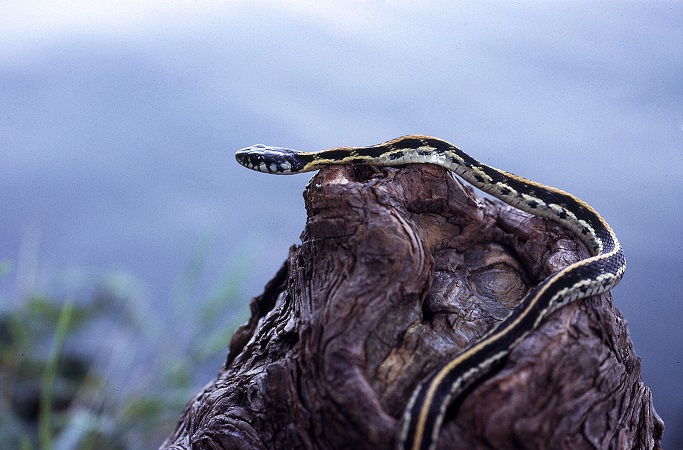

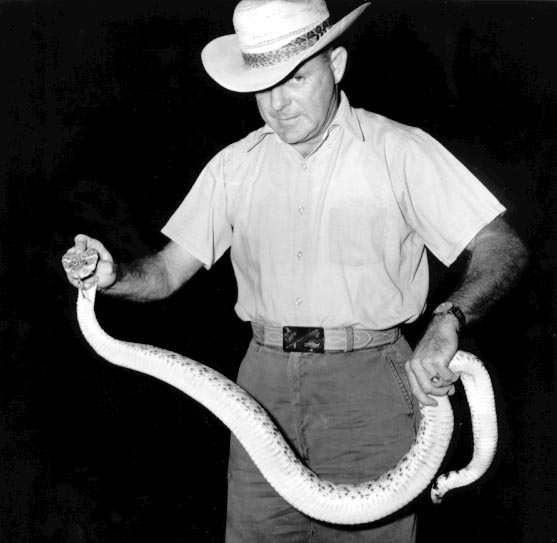
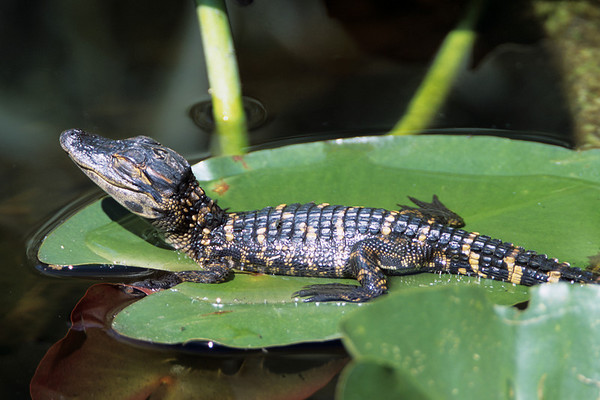
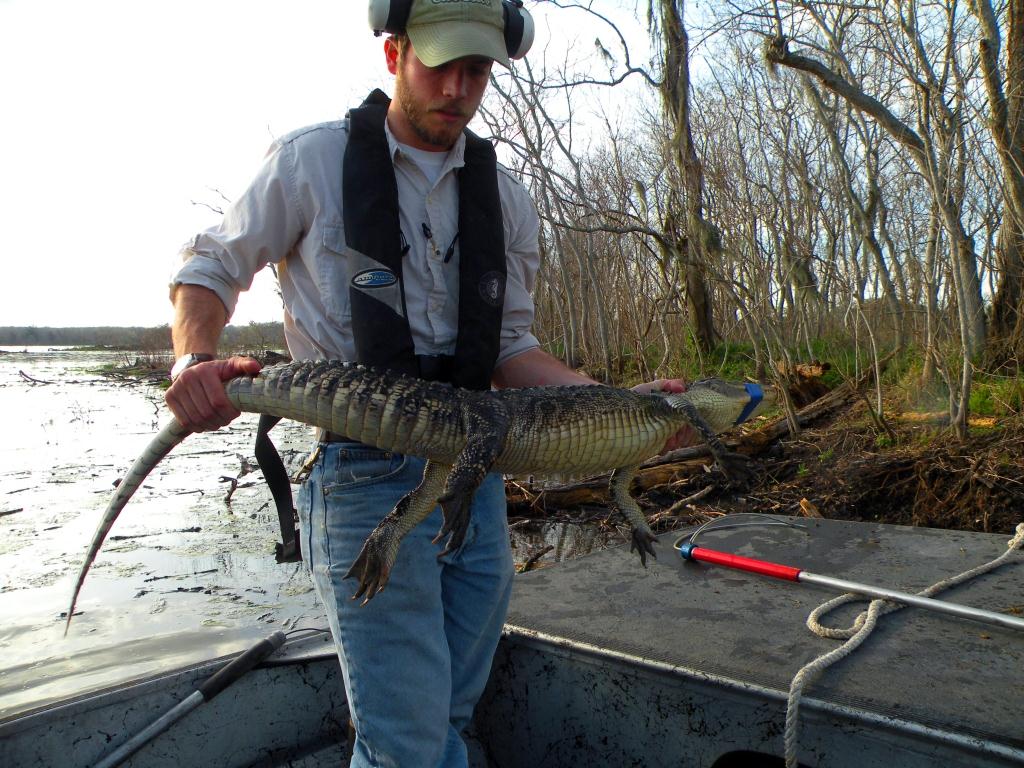
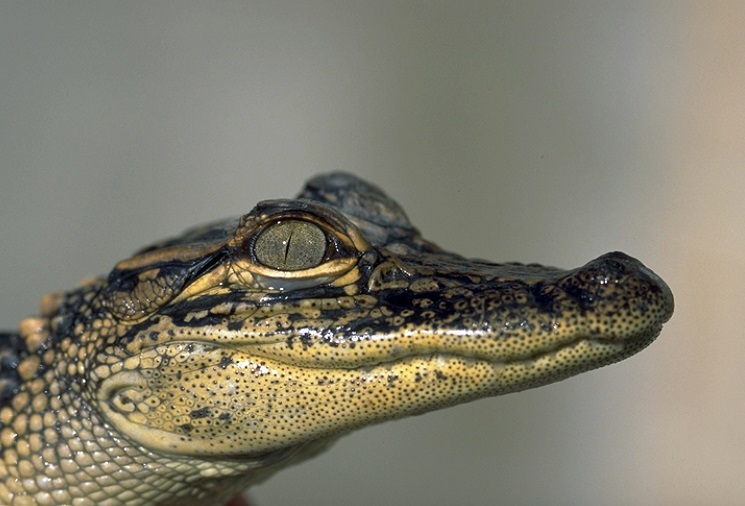

 Passport to Texas is a
Passport to Texas is a  Passport to Texas is made available by:
Passport to Texas is made available by: